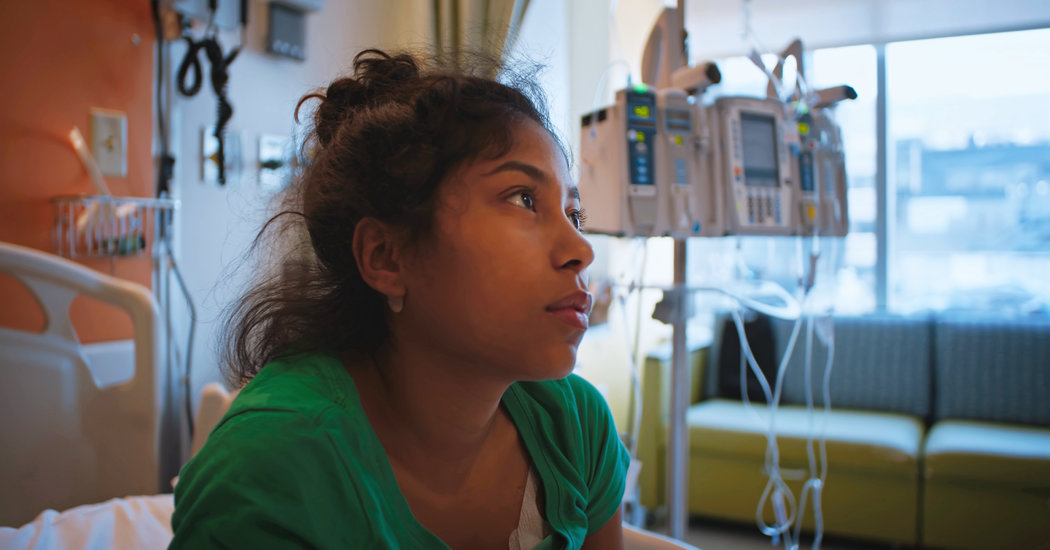
Episode 24: ‘My Blood’
Producer/Director Samantha Stark
Reporter Gina Kolata
Meet Helen Obando, a shy 16-year-old who likes to dance when her body isn’t ravaged by the debilitating symptoms of sickle cell disease. The genetic blood disorder can cause strokes, organ damage and intense pain that can feel like glass running through her veins.
After a lifetime of pain and potential permanent damage to her body, Helen had the opportunity to receive a breakthrough experimental treatment at Boston Children’s Hospital that would make her the youngest person in the U.S. to have her DNA reset in an attempt to cure her sickle cell disease.
The outcome of her gene therapy could help determine how an estimated 100,000 people in the U.S. and millions more around the world are treated. Sickle cell disease most commonly affects people from sub-Saharan Africa, and about 1 in 500 African-Americans have the blood disorder, the most commonly inherited blood disorder in the U.S. But some people with the disease have southern European, Middle Eastern or Asian backgrounds or, like Helen, are Hispanic. For decades, attention and money for research have not matched the scale of the problem.
Why has it taken so long for the scientific research community to push ahead with promising therapies for sickle cell? And now that new drugs and gene therapies are advancing, who will pay?
“The Weekly” follows Helen and her family as they navigate a world of hospital visits, chemotherapy and desperate uncertainty.
[Join the conversation about @theweekly on Twitter and Instagram. #TheWeeklyNYT]
What to know about sickle cell disease
What is sickle cell disease?
It’s a blood disorder caused by a single mutation in one errant gene that causes blood cells stuffed with hemoglobin to be distorted into sickle shapes. These cells get stuck in blood vessels, causing strokes, organ damage and episodes of agonizing pain — called crises — as muscles are starved of oxygen. The disease can vary in severity, but those with sickle cell may suffer chronic pain, permanent organ damage and frequent infections.
Who is affected?
Worldwide, about 300,000 infants are born with the condition each year. The disorder is most common in sub-Saharan Africa, where an estimated 70 percent of children with sickle cell die before adulthood. Most sickle cell disease carriers have African ancestry, but Hispanics, like Helen, and those with Southern European, Middle Eastern or Asian backgrounds are also affected.
Experts have argued that advances in treatment may have been limited partly because sickle cell disease is concentrated in less affluent minority communities.
How is it treated?
The Food and Drug Administration approved two new treatments for sickle cell disease late last year, the first in 20 years. The drugs are revolutionary but wildly expensive. Each treatment is priced at around $100,000 a year and must be taken for life. About 30 more sickle cell drugs are now in late-stage clinical trials. At the moment, the only remedy for sickle cell disease is a dangerous and expensive bone-marrow transplant, an option rarely used.
Senior Story Editors Dan Barry, Liz O. Baylen, and Liz Day
Director of Photography Victor Tadashi Suarez
Video Editor Adrienne Haspel
Producer Alexandra Garcia
Associate Producer Madeline Rosenberg and Valerie Shenkman

